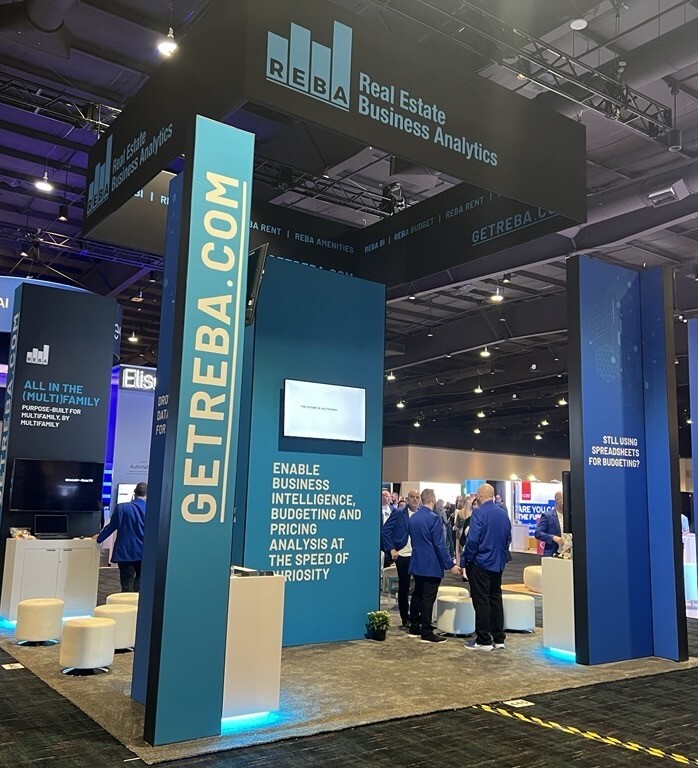One of my favorite questions to ask leaders in this industry is one thing their “today” self would like to teach their “then” self when they first got into the industry that they know now but didn’t know then. It both sheds light on a key lesson successful executives have learned and provides insight into the industry and its evolution.
Combat the challenges of legacy PRM systems and download our
Modern Pricing & Revenue Management White Paper today!
Many (most?) readers already know that I got into the industry back in 1999-2000 when I had the honor of leading the team that built the first-ever pricing and revenue management software (PRM) for multifamily housing (MFH), LRO®[1]. So in the spirit of doing to myself as I would do unto others, I’ll share what “2023 Donald” would teach “1999 Donald.”
Teaching 1999 Donald
When I first started working on what would become LRO, I was one of the project managers/business analysts at a software company, Talus Solutions. Talus had leading travel clients such as Delta Airlines, Marriott, Carnival Cruise Lines and several rental car companies. We also had a specialty in “green field PRM,” that is applying PRM principles and developing algorithms and software for industries outside travel and hospitality. These were new, or “green field,” opportunities.
Coming from very data-rich and micro-economically efficient verticals, we naturally approached MFH with a mathematical bias. Back then, we thought PRM systems for MFH would be 80% math and 20% process oriented which was a radical departure from airline PRM which was as close to 100% math as any vertical.
Over the almost twenty-five ensuing years, I’ve learned how misguided that bias is. The lessons of these two-plus decades have taught me it’s more like 50/50 in MFH—maybe even 60/40 in favor of process! There are three key reasons for this, one based on economic theory, one based on how our operations are organized and one based on how the core relationship with our customers varies from the relationship travel and hospitality companies have with theirs.
- As mentioned earlier, the air ticket and hotel industries are remarkably efficient in microeconomic terms. It’s relatively easy for consumers to access a wide range of pricing information and the airlines themselves tend to pursue similar business motives, namely operational profit through revenue maximization. Multifamily housing, on the other hand, is very inefficient. It is much more difficult for consumers to access all pricing, and businesses pursue a widely different set of objectives. Some pursue long-term, steady revenue growth driven by steady rent growth while others pursue stable income through higher occupancy at the expense of rent growth. Still, others pursue business objectives driven more by a near- or mid-term capital event (a sale) rather than operational profit.
- MFH has many local stakeholders from regional managers to community managers and even leasing agents. The proximity to residents of those who “captain” communities contrasts with that of an airline pilot who captains the airplane and barely interacts with customers. Similarly, these MFH stakeholders have an economic stake that is much stronger. Their bonuses depend on their revenue (thus sales) success, so their acceptance of, and belief in, the pricing is key to results.
- Airlines, and many other travel companies, have essentially a purely transactional relationship with their customers. Sure, loyalty programs reward frequent purchasers; however, individual purchases (and even loyalty rewards) are largely economic transactions. MFH certainly has an important economic transaction component, but it also has an equally important “social contract.”[2]
The result of all of this is that the notion of an “optimal” price to the dollar is a bit of a fool's errand. Rather, for each home there is a range of reasonable prices that could meet the business objective making it more important that the math be “proximally right” rather than precisely right. Furthermore, the organization and relationship issues place a greater premium on how process and price psychology factors play into prospects’ decisions. This doesn’t mean that the math is unimportant; however, it does mean that the relative importance of math to process is much more balanced than in the verticals that were solely the realm of PRM prior to 1999.
All of this is why, as well as they have performed, legacy PRM systems lack the full range of capabilities needed to better balance process and pricing psychology with math. What’s needed is a contemporary PRM system that does exactly that. How can one do that will be the subject of future blogs, so stay tuned!
[1] LRO and Lease Rent Options are registered trademarks owned by Realpage. All content in this blog is the opinion of the author and not that of Realpage or any of its affiliates.
[2][2] For more on the notion of economic vs social contracts in relationships, see Daniel Ariely’s seminal book, Predictably Irrational. Or check out the Big Bang Theory episode “The Bath Item Gift Hypothesis”






SHARE